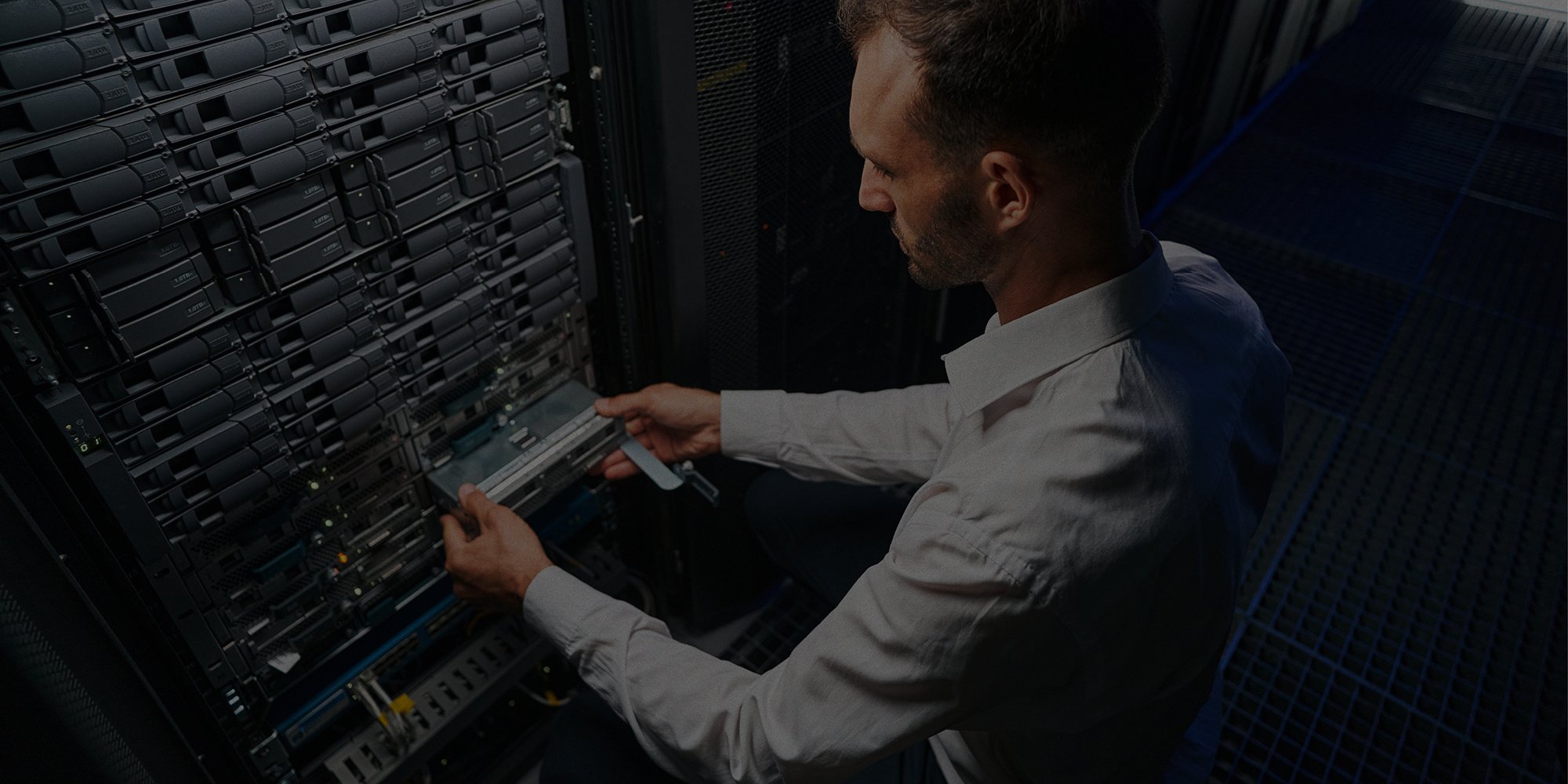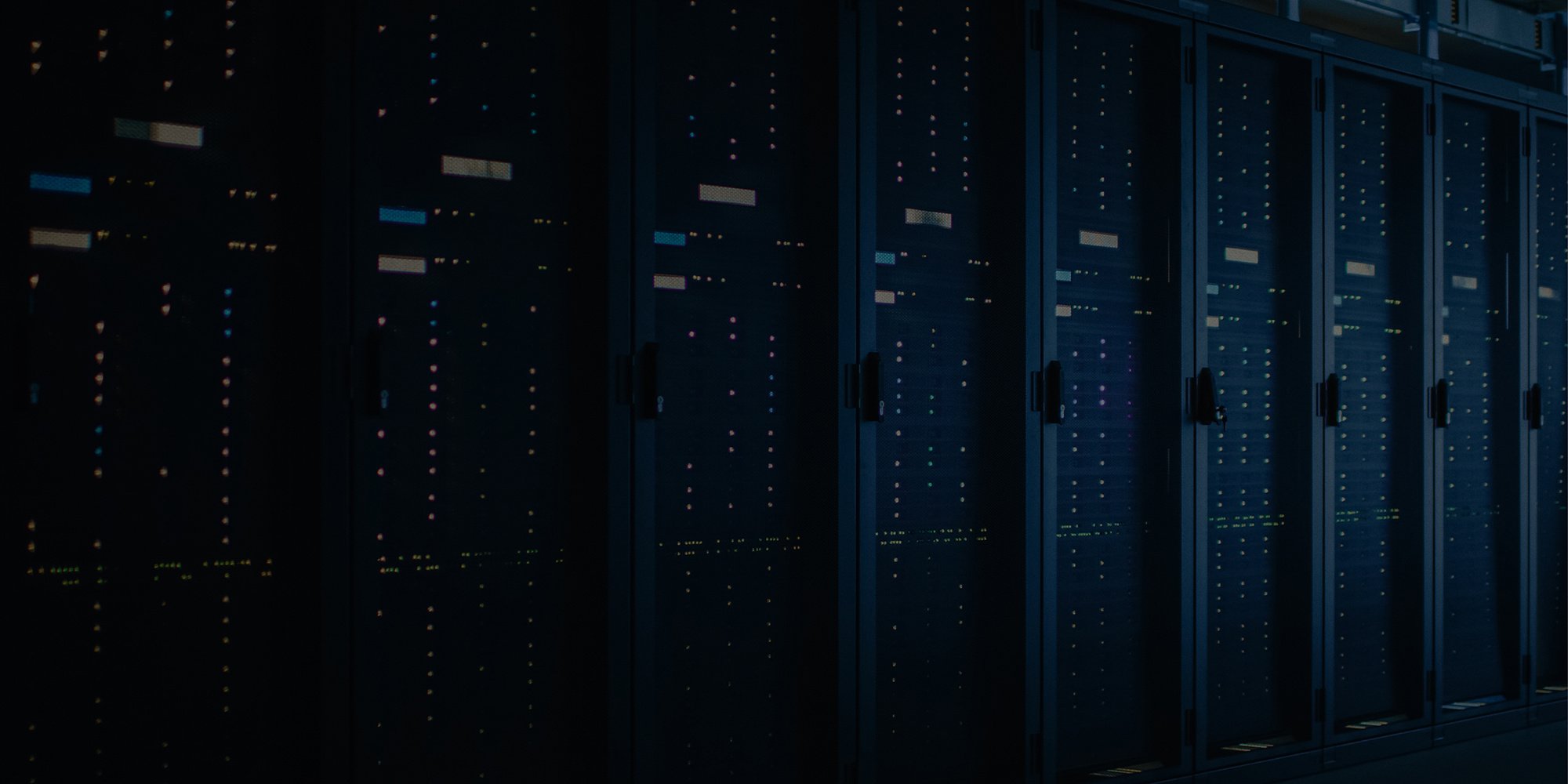Hacking Productivity with 5S Methodology

Recently we blogged about how some of our teams are using the KanBan productivity hack, specifically, the Calhoun team. KanBan represents one of five pillars of an even more robust system: 5S.
So what exactly is “5S”? It’s a structured program that helps implement organization and standardization in the workplace. It was developed in Japan and is a methodology developed in the 1960s and 1970s (particularly at Toyota). The 5S system is one of the techniques that enabled Just in Time manufacturing at Toyota to reduce flow times with production and allow for a quicker response times from suppliers and to customers.
The five pillars (each starting with the letter ‘s’) are derived from a list of Japanese words (also starting with ‘s’): seiri, seiton, seiso, seiketsu and shitsuke. Let’s walk through the five pillars:
SORT (seiri)
This step includes removing unnecessary items, trash, unwanted materials, and parts not in use. By going through this sorting process, you reduce your chance of distraction, disturbance and obstacles.
SET IN ORDER (seiton)
Now that you’ve sorted and eliminated unnecessary materials, you’ll want to arrange the necessary materials in a way that makes sense for use. Tools and equipment should be placed near you, so they are easy to find and pick up, ultimately creating a smooth workflow.
SHINE (seiso)
We all want to work in spic and span workspaces, right? Numerous studies show that clean environments will increase productivity. This step of 5S is designed to give you some time to clean your space and make sure machinery and equipment are in top shape. Per the methodology, anyone not familiar with your environment should be able to detect problems in five seconds and within 50 feet.
STANDARDIZE (seiketsu)
This is the portion Serena detailed in her blog post about KanBan boards. The idea is to maintain high standards and workplace organization at all times. Everything has a place, and every process has a standard. The entire team is aligned with the processes.
SUSTAIN (shitsuke)
This pillar involves training and discipline. Everything must be kept in working order and regular audits should be completed, to keep everything moving along correctly.
While the 5S system is highly effective in a tech or manufacturing environment, it can also be used in any workspace, and even in the home. Think about the way your space is set up — does it contribute to or hinder your productivity? If it gets in the way of you doing your job, even if that just means running your household, it might be worth applying the pillars of 5S!
Related news
5 Tips for Acing the Remote Interview
Remote interviews are now the norm. As conditions change in different parts of the world, there is...
5 Tips to Avoiding Human Error IT Disasters
You’ve heard it countless times, “I’m only human.” While it’s normal for people to make mistakes,...
5 Go-To Professional Tools for Remote Employees
Working from home has become a new reality for professionals across the world, forcing people in...





